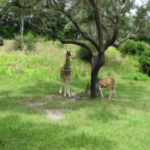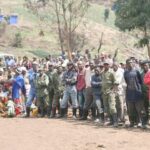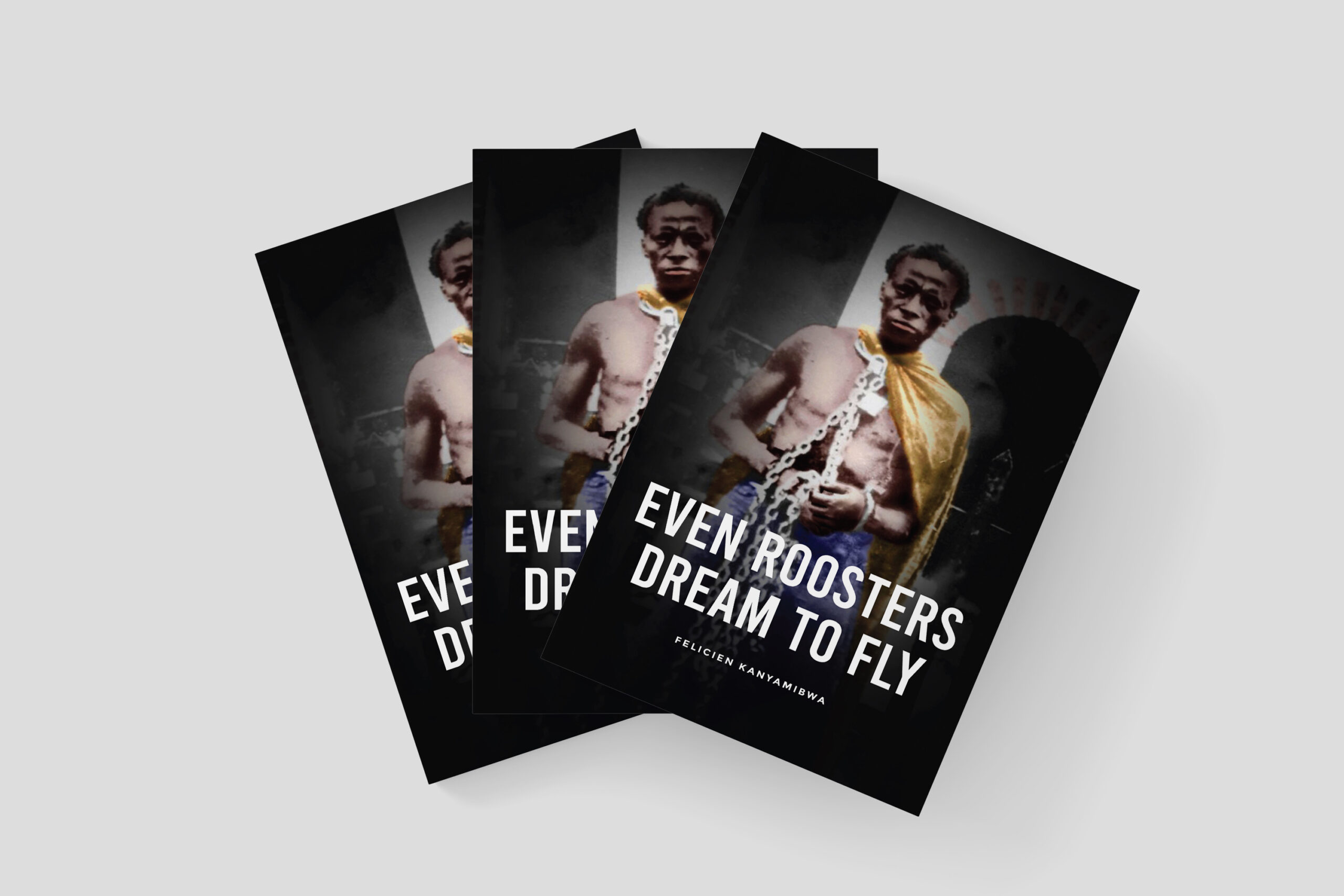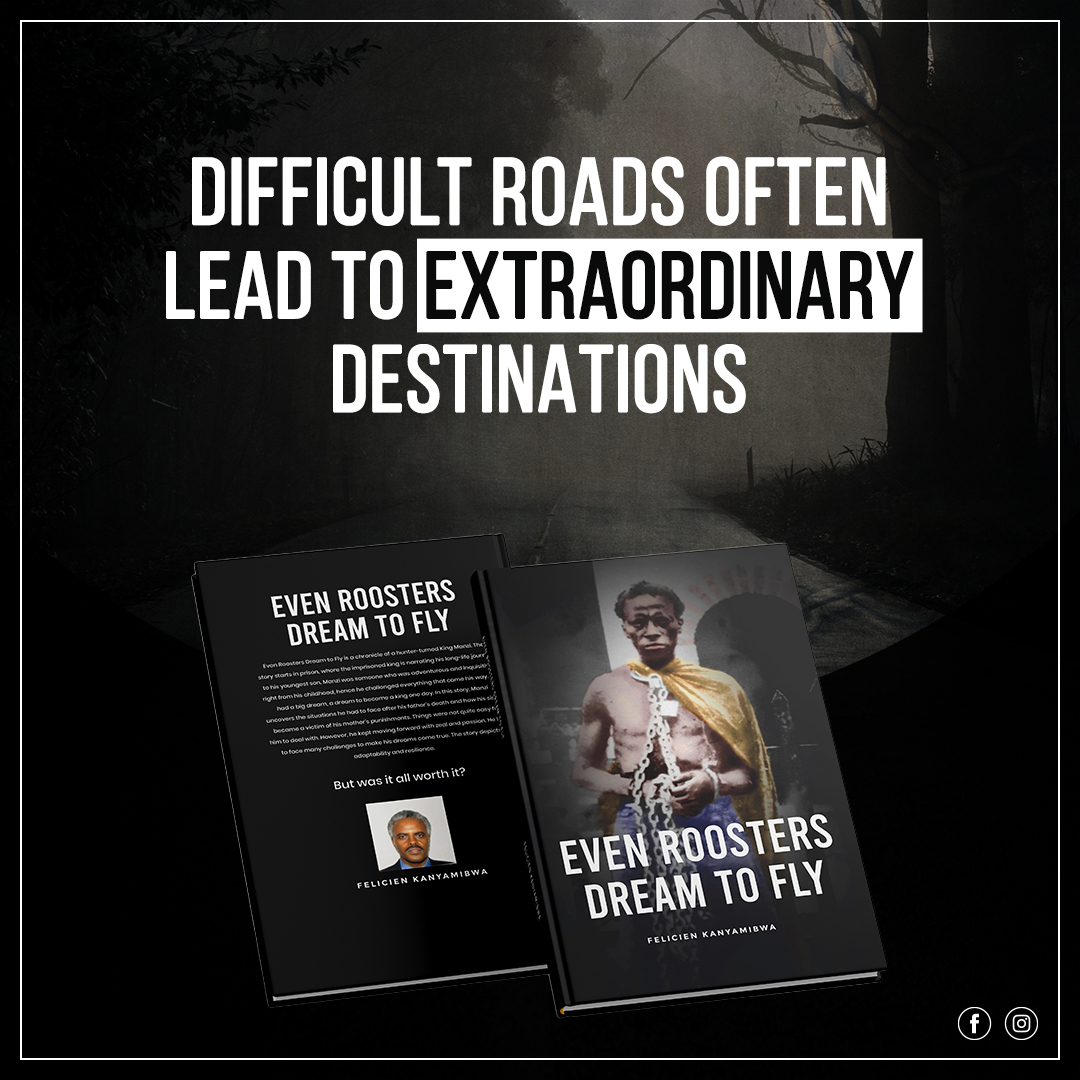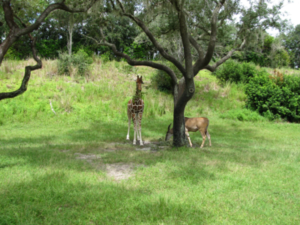Rwanda: the Charybdis and Scylla dilemma.
by David O’Brian
 Recently I was reading an illustrated book on Rwanda titled “Au Rwanda. La Vie Quotidienne au Pays du Nil Rouge” by Omer Marchal, ©Didier Hatier Bruxelles, 1987. With the help of a French speaking friend I will translate in English a little below.
Recently I was reading an illustrated book on Rwanda titled “Au Rwanda. La Vie Quotidienne au Pays du Nil Rouge” by Omer Marchal, ©Didier Hatier Bruxelles, 1987. With the help of a French speaking friend I will translate in English a little below.
This what he says about the Rwanda, 2 years before the invasion by the current extremist regime ruling the country:[French]
“Ici, la tradition et l’histoire récente font obligation aux riches de partager. Les responsables peuvent vivre dans une certaine aisance, à la condition d’apporter aux plus nombreux les bienfaits de la science et la technologie moderne. Pas à pas. Prenons, par exemple, cette denrée qui, pour l’Europe, fut voici des siecles à l’origine d’une considerable évolution de la table des humbles et même de ceux qui l’étaint moins, la pomme de terre. Sur la fin des années cinquante, on cultivait un peu du côté de Ruhengeri, dans le riche humus fécondé par les volcans. Aujourd’hui elle est partout. La pomme de terre, elle est partout. La pomme de terre, on connait. Elle a nourri longtemps nos grandes fammilles ardennaises, et porté des irlandaises jusqu’au Nouveau Monde, où ils règnent. Et toutes sortes de fruit, de légumes: le Rwanda en regorge. Et si les vaches sont moins nombreuses, elles commencent à etre tenues pour ce qu’elles sont: vaches à lait, vaches à viande, vaches à beurre, vaches à fromage. La basse-cour se peuple de chose vivantes et bonnes à manger. Le verger. Le potager. Les lacs. Les etangs aussi.
De toutes les nouvautes qui ont transformé en profondeur le paysage physique et le profil psychologique du Rwanda, la revolution du panier de la menagère est peut-être le plus significatif. Pauvre ce pays? Regardons le sourire. Est-ils pauvre, vraiment, le pays qui sourit comme le Rwanda?”
[English Translation: Thanks to my friend]:
“Here, tradition and recent history require the e rich share. Leaders may indulge in some luxury. However, they are required to share the benefit from Science and modern technology with the people. Consistently. Take, for example, this staple which, for Europe,for centuries helped to make substantial changes in the diet of the lower classes and even those in upper classes: the potato. In the late fifties, the potato was grown n a small scale in the region of Ruhengeri[Northwestern Rwanda], in the rich humus fertilized volcano soil . Today it is everywhere. The potato, it is everywhere! The potato is known! It has long fed our
large families from Ardennes, and the Irish people all way to the New world, where they dominate where they reign. And all kinds of fruit, vegetables: Rwanda has plenty. And if the cows are less
numerous, they begin to be raised for what they are: milk cows, beef cows, butter cows, cheese cows. The backyard is used to grow and raise things people may live off and good to eat. Orchards. The vegetable garden. Lakes. The ponds also. Of all the novelties that have dramatically changed the physical and psychological environment of Rwanda, the revolution of the housewife basket is perhaps the most significant. Poor country? Let us watch people smile. Are they poor, really, the country that smiles like Rwanda?”
The Straight of Messina between the modern day Italian peninsula and Sicily is usually associated with the narrow water sailing channel near the rock of Scilla (or Scylla), Italy. According to Greek mythology, as we read in Horodote’s Odyssey XII, Syclla was a monster that lived at the opposite side of Charybdis. No sailor could avoid the wrath of Scylla, without risking crashing the boat on the rock of Charybdis. It was equally risky to avoid Charybdis without falling the prey of Scylla.
The story of Scylla is a typical Greek mythological tragedy. The Roman poet Publius Ovidius Naso, otherwise know as Ovid tells the story of the beautiful nymph Scylla, who, for being loved, was poisonned and turned into a hideous monster by a jealous competitor. The nymph Scylla caught the eyes of Glaucus, the fisherman-turned-sea-god. Glaucus fell madly in love with her, but failed to win her heart. Fearing his jealousy and harassment, she fled from him onto the land where he could not follow her. Despair filled Glaucus’ heart. He went to the sorceress Circe to ask for a love potion to melt Scylla’s heart. As Glaucus told his tale of love about Scylla to Circe, she herself fell in love with him. She wooed him with her sweetest words and looks, but the sea-god, infatuated with Scylla, would have none of her. Circe became furious, her wrath bordering madness, but with Scylla and not with Glaucus. She prepared a vial of very powerful poison and poured it in the pool where Scylla bathed. As soon as the nymph bathed in the water, she was transformed into a frightful monster with twelve feet and six heads, each with three rows of teeth.
Angry, growling wolf heads grew from her waist. As she tried to remove them, more heads grew. She stood there in utter misery, unable to move, loathing and destroying everything that came into her reach. All the sailors who passed by her faced the peril from the monster Scylla had become. She became a horrible sea monster with six long necks equipped with grisly heads, each of which containing three rows of sharp teeth. Her body consisted of twelve tentacle-like legs and a cat’s tail and with four to six wolf-heads ringing her waist. Whenever a ship passed, each of her heads would seize one of the crew.
Only one man was able to cross the Straight of Messina and come out alive. In Homer’s Odyssey XII, Odysseus, with the advice from the sorcerer Circe chose to to sail closer to Scylla. Circe had told Odysseus: “Hug Scylla’s crag—sail on past her—top speed! Better by far to lose six men and keep your ship than lose your entire crew” she warns and tells Odysseus to bid Crataeis prevent her from pouncing more than once. Odysseus then successfully sails his ship past Scylla and Charybdis, but Scylla manages to catch six of his men, devouring them alive:
“…they writhed gasping as Scylla swung them up her cliff and there at her cavern’s mouth she bolted them down raw— screaming out, flinging their arms toward me, lost in that mortal struggle.”
Rwanda was a beautiful country. A country labeled “African Switzerland “ before the ethnic Tutsi extremists clique currently ruling Rwanda invade from Uganda, on October 1990. As the the text at the beginning of this blog illustrates, Western expatriates fresh from Rwanda told us of a country where the people was welcoming, laborious, and open: a country which, despite the lack on natural resources, managed its limited resources with so much efficacy and efficiency that only Switzerland could match. A smiling country.
When the extremists held of the tales of the peaceful, happy, beautiful, laborious people, they got jealous. They poisoned it: they invaded, divided its people, created fears, introduced the monsters of hatred, division, and repression. On the one side, we have a divided people, a shadow of its pre-1990 successes, a nation that has become a monster. On the other side, we have a repressive and bloodthirsty regime, ready to devour whoever passes by. A regime facing a devastated nation, a wasteland of broken spirits and a frightful monster following multiple paths and divided in countless factions.
What choice Rwandans now have: they need an Odyssey. A person who nevertheless will take the side of the people and avoid the proximity of the bloodthirsty the extremist regime ruling Rwanda. The people, though betrayed and forsaken, is still the best bet.
In deed, like Scylla, the Rwandan People is the only victim in the Rwandan tragedy. It is close to the Rwandan people where the safe passage towards the new Rwanda is.
© 2010 Copyright. AfroAmerica Network




